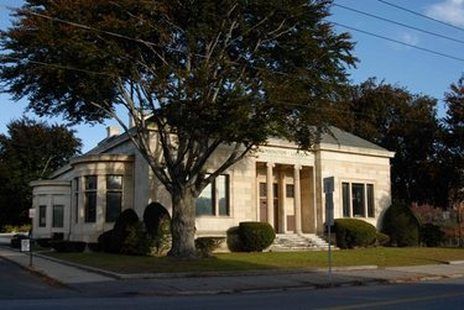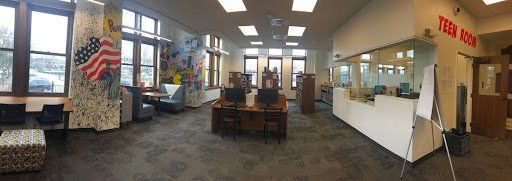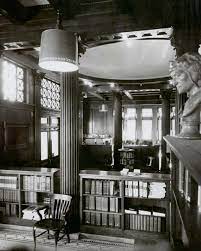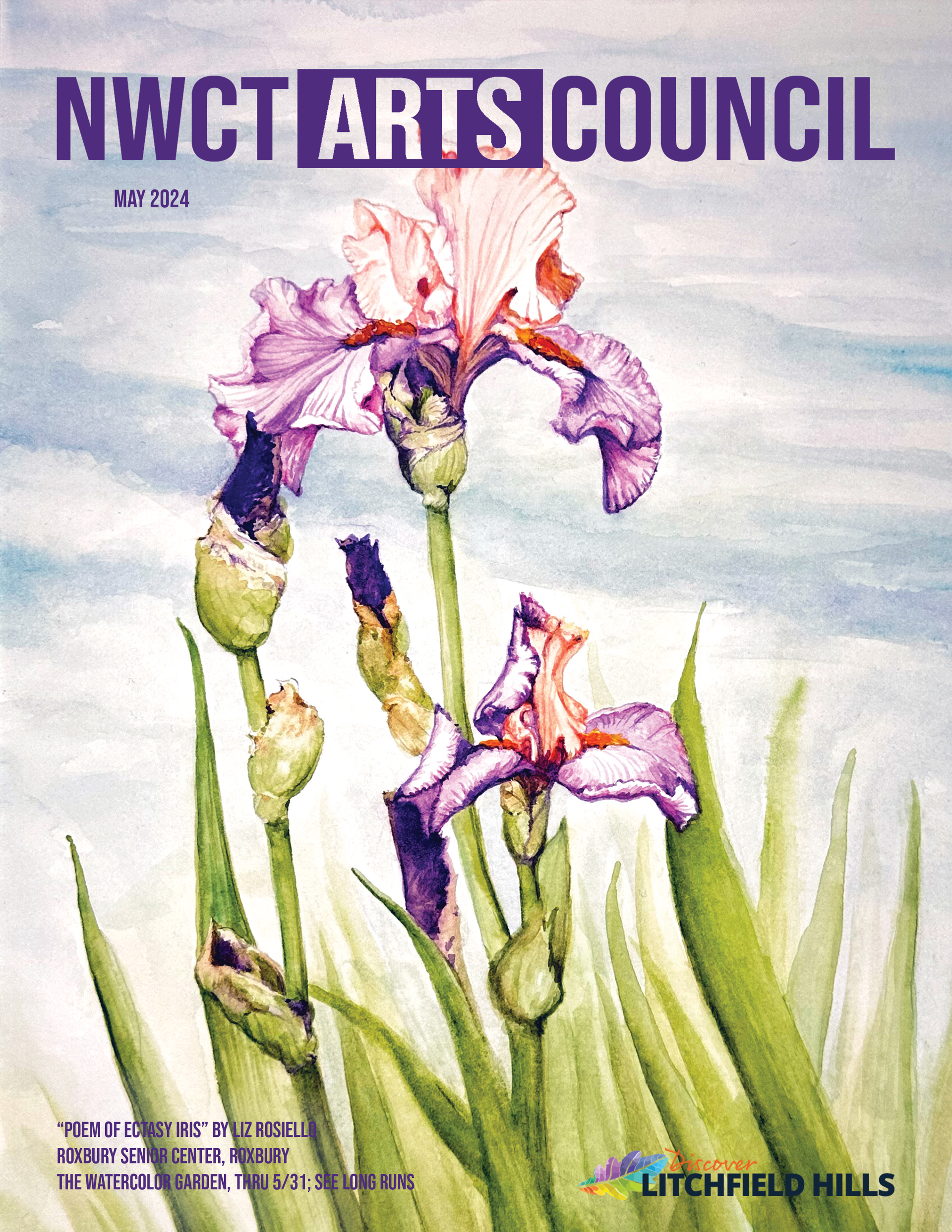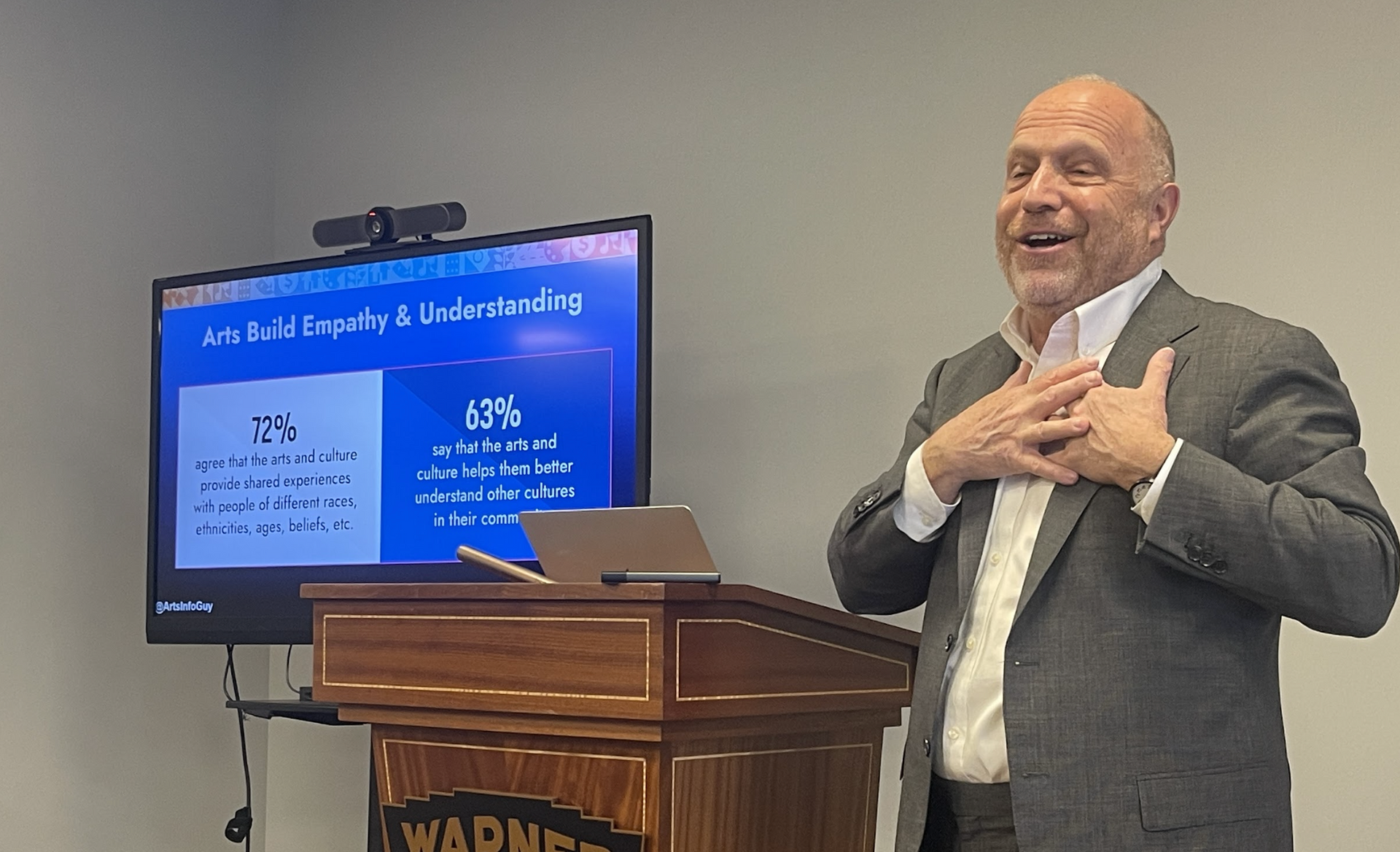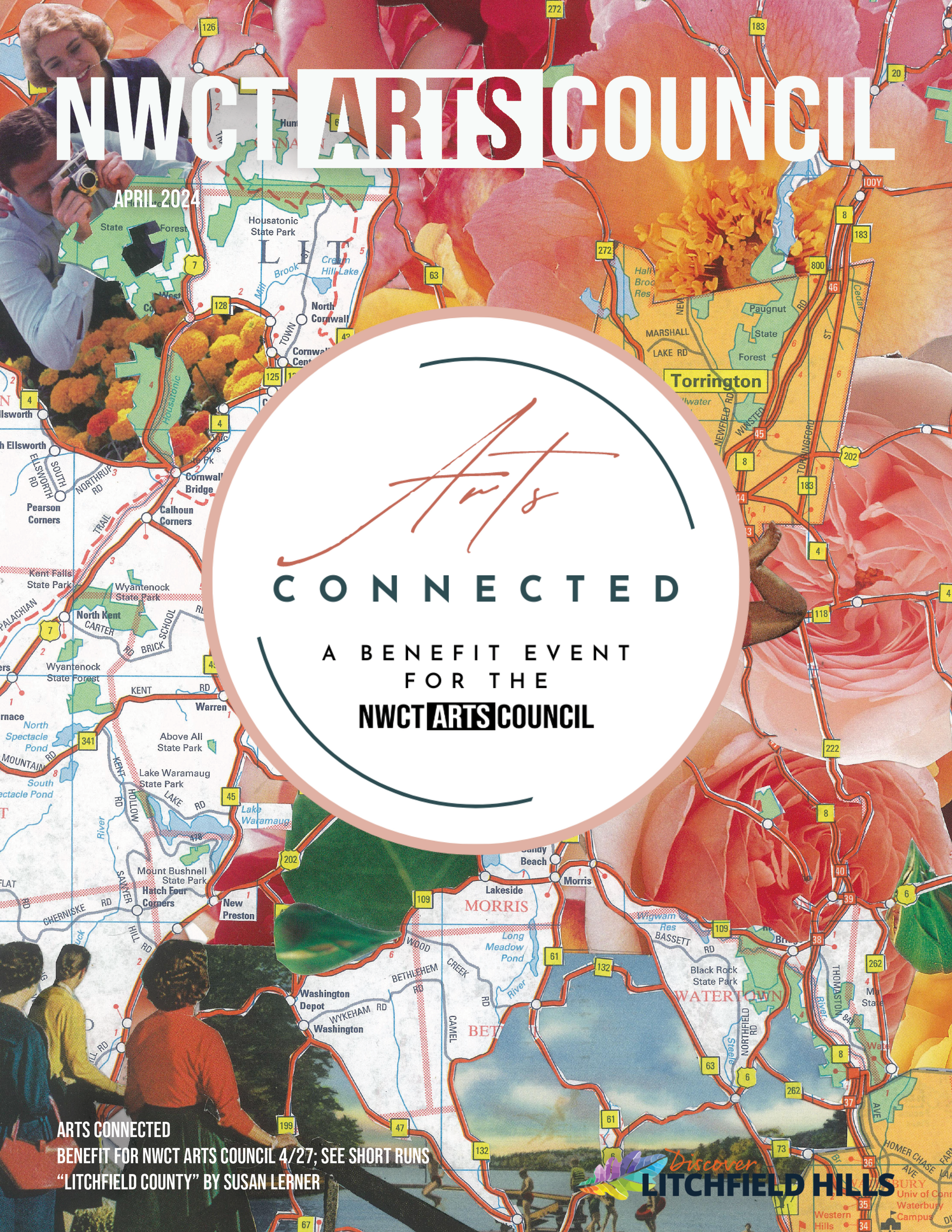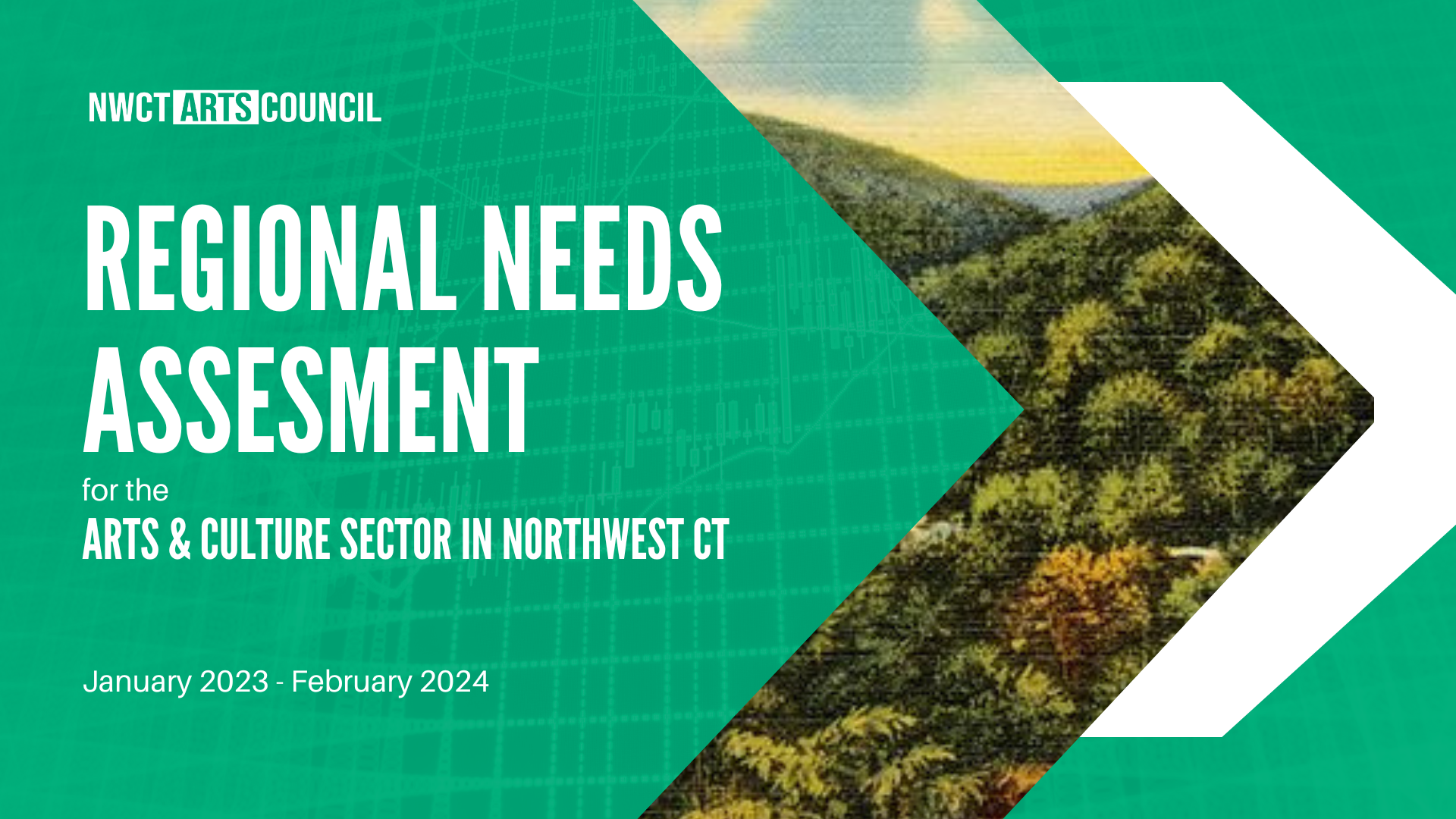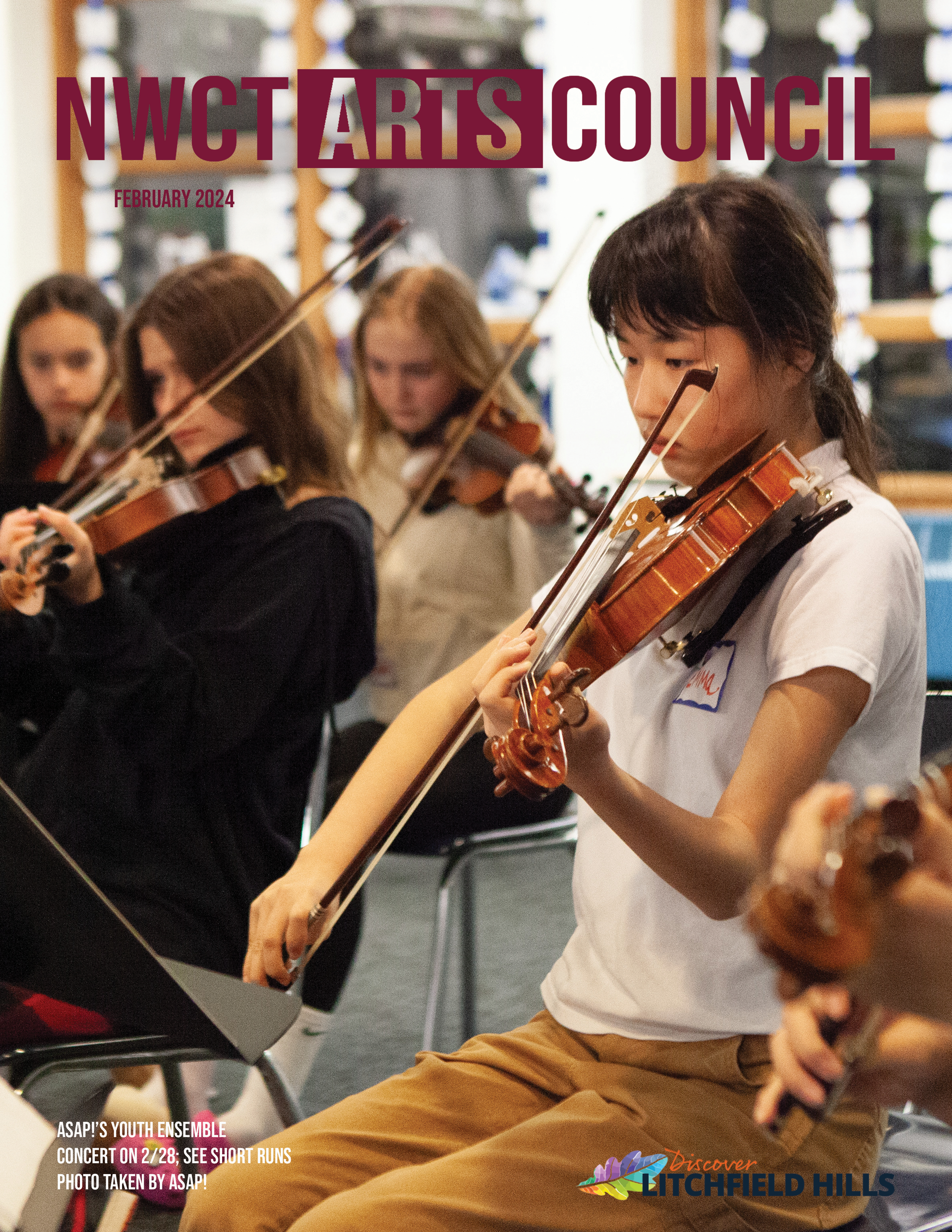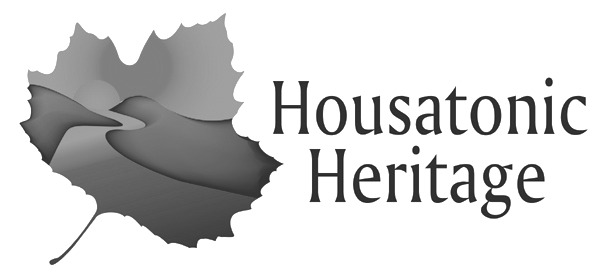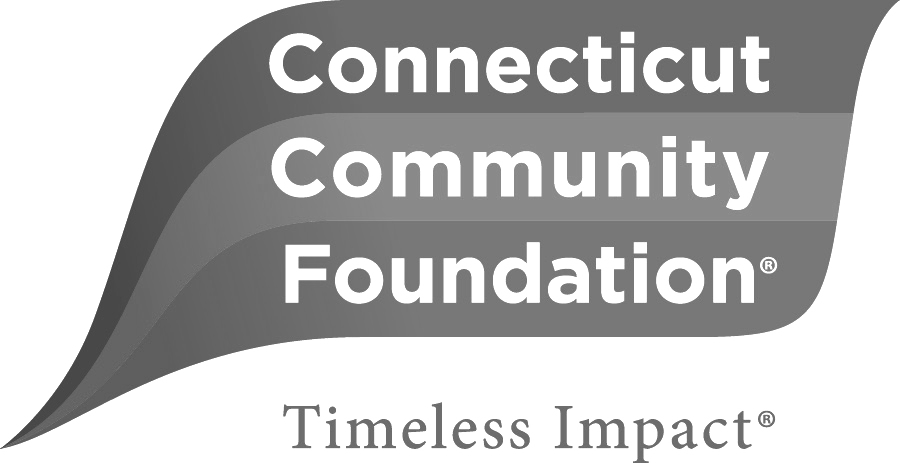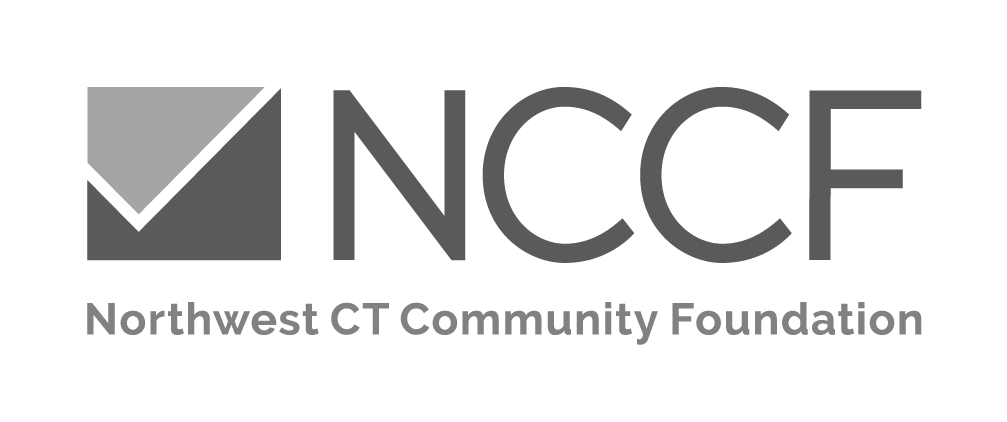“Constantly Evolving”: How the Torrington Library Serves a Changing Community
Unless they were gifted with unusual foresight, the people who first came together to create a library in Torrington, Connecticut probably did not envision where their project would be today.
More than a century and a half since its founding, the Torrington Library is now located at 12 Daycoeton Place. It offers a wide variety of services to local residents, with both physical and virtual circulating collections, a wealth of historical documents, and programming for both children and adults. In recent years, the library has seen extensive change, from its 2016 renovation to more recent adaptations made in response to the COVID-19 pandemic.
When the library was first founded in 1864, none of these resources, including the library building itself, existed. Nevertheless, the community came together in support of a local library. Many decisions made then continue to impact how the library operates today.
The Torrington Library’s origins are similar to those of many New England public libraries. Although some public libraries were founded by town or municipal governments, most grew out of previously existing institutions, such as school district libraries and association libraries. School district libraries primarily served students, but were also open to the general public. In some places they had the ability to use tax funds to support their services; this would eventually serve as the model for most municipally-funded public libraries. [1]
Association libraries, by contrast, were founded and run by volunteer associations, often made up of a town’s leading citizens, and were usually funded by membership fees. The Torrington Library, originally named the Wolcottville Library, fits neatly into this category. It was funded by a yearly $2 membership fee and founded by a group with names that still adorn street signs, buildings, and grave markers throughout Torrington: Wetmore, Brooker, Calhoun, and others.
Despite the support of this influential group, the library still took several decades to become well-established. The small collection was moved several times before Elisha Turner’s donation of land and funds allowed for the construction of the building at 12 Daycoeton Place in 1901. Lauren Wetmore, another of the founders, left a significant gift to the library in his will, with the stipulation that the library could only utilize interest from the money and not the principal. This gift formed the endowment which still funds the library today. Unlike most modern public libraries, the Torrington Library is still a privately-funded corporation which receives a stipend from the city government, rather than being run directly by the government itself.
National-level changes have also played a role in the history of the Torrington Library, as expectations of public libraries have shifted significantly since the library was founded. The early direction of the public library movement was primarily decided by its wealthy and powerful supporters. Some hoped to use the library as a tool to shape public consciousness and ensure that working-class library users read “suitable” material [2].
By the middle of the twentieth century, when President Eisenhower signed the Library Services Act, the funding of libraries was also bound up in concerns about the United States’ ability to compete against the USSR in terms of science, technology, and engineering education [3]. Today, libraries are still expected to partner with educational institutions. In Torrington, library director Jessica Gueniat says, this has led the library to devote significant resources towards early literacy programs to supplement those available through the local public school system.
This history continues to inform the role that the Torrington Library plays in the community today. While the library’s status as a private institution gives it a level of independence, it can also be something of a constraint. The Torrington Library receives less funding than the libraries of some other towns, according to their 2020 annual report.The library has approximately $25 to spend on library materials per resident, whereas many other towns may have upwards of $90 available for the same purpose. The building itself, built atop an old carriage house, only occupies a fairly small footprint downtown, even after being expanded several times since it was built in 1901.
Libraries today are also expected to act as cultural and community hubs, helping to connect people to social services and supporting patrons’ interest in local art and local history. While only libraries with specialized preservation resources can maintain rare book collections, Gueniat notes that the Torrington Library and other local libraries keep “local history books, which are oftentimes very old - your first edition or sometimes your only editions that are very specific to your town.” Through a grant received by the library several years ago, they were also able to create high-resolution scans and reproductions of their collection of historical documents. This program allows library users easier access to these unique historical resources.
Although the library does act as a center for arts and entertainment, there are limits to what it can do. Live performances and shows can be difficult to put on in a small space, and the library lacks the physical security to feature art shows, which libraries in some neighboring towns do.
However, according to Gueniat, these limitations have encouraged the library to form partnerships with other organizations in town. The library frequently makes efforts to help local businesses advertise and increase exposure. They also plan youth field trips to the Warner Theater and other local arts institutions to help foster appreciation for the arts in a younger audience. This summer, they are offering a series of outdoor concerts on their lawn and look forward to the return of their “Taste of Torrington” fundraiser, during which the library sells books of coupons to local restaurants. Gueniat hopes this program will help to bring people back to local restaurants now that pandemic restrictions have been lifted.
“Libraries have always been places where everyone is welcome,” says Gueniat. This is one of the fundamental strengths of public libraries, but it can also be a difficult ideal to live up to, as libraries must be constantly adapting to the changing needs of a changing society. In spite of many challenges, the Torrington Library today uses the groundwork laid by its past to continue to grow in how it serves the Torrington community.
~
Tickets for the library’s “Taste of Torrington” fundraiser go on sale on August 1, 2021. More information on the program can be found here:
http://www.torringtonlibrary.org/taste-of-torrington.html
Calendar and registration for the library’s Outdoor Summer Concert Series can be found here:
http://www.torringtonlibrary.org/events1/outdoor-summer-concert-series
~
Sources and Further Reading
[1] “The Development of Public Libraries in the United States, 1870 - 1930: A Quantitative Assessment” by Michael Kevane and William A. Sundstrom https://www.jstor.org/stable/43737483
[2] “The Public Library Movement, the Digital Library Movement, and the Large-Scale Digitization Initiative: Assumptions, Intentions, and the Role of the Public” by Elisabeth Jones
https://www.jstor.org/stable/44667555
[3] “Public Library Rebirth” by Virginia H. Matthews
https://www.jstor.org/stable/27770989
Header image from Kiwihug on Unsplash.com.
